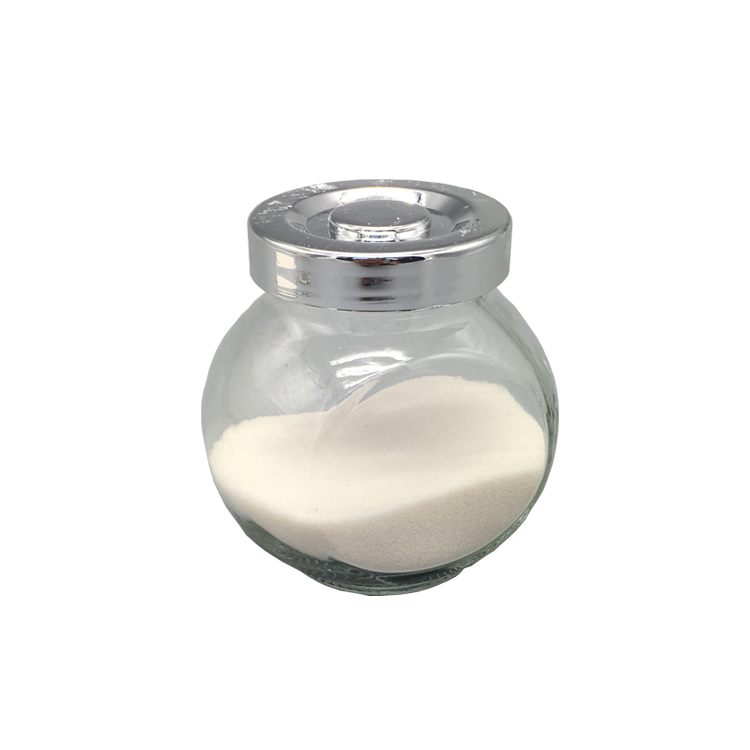With the rapid development of the new energy industry, the demand for high-performance lithium batteries is growing. Although materials such as lithium iron phosphate (LFP) and ternary lithium occupy a dominant position, their energy density improvement space is limited, and their safety still needs to be further optimized. Recently, zirconium-based compounds, especially zirconium tetrachloride (ZrCl₄) and its derivatives, have gradually become a research hotspot due to their potential in improving the cycle life and safety of lithium batteries.
Potential and advantages of zirconium tetrachloride
The application of zirconium tetrachloride and its derivatives in lithium batteries is mainly reflected in the following aspects:
1.Improving ion transfer efficiency: Studies have shown that metal organic framework (MOF) additives with low-coordinated Zr⁴⁺ sites can significantly improve the transfer efficiency of lithium ions. The strong interaction between Zr⁴⁺ sites and the lithium ion solvation sheath can accelerate the migration of lithium ions, thereby improving the rate performance and cycle life of the battery.
2.Enhanced interface stability: zirconium tetrachloride derivatives can adjust the solvation structure, enhance the interface stability between the electrode and the electrolyte, and reduce the occurrence of side reactions, thereby improving the safety and service life of the battery.
Balance between cost and performance: Compared with some high-cost solid electrolyte materials, the raw material cost of zirconium tetrachloride and its derivatives is relatively low. For example, the raw material cost of solid electrolytes such as lithium zirconium oxychloride (Li1.75ZrCl4.75O0.5) is only $11.6/kg, which is much lower than traditional solid electrolytes.
Comparison with lithium iron phosphate and ternary lithium
Lithium iron phosphate (LFP) and ternary lithium are the mainstream materials for lithium batteries at present, but they each have their own advantages and disadvantages. Lithium iron phosphate is known for its high safety and long cycle life, but its energy density is low; ternary lithium has high energy density, but its safety is relatively weak. In contrast, zirconium tetrachloride and its derivatives perform well in improving ion transfer efficiency and interface stability, and are expected to make up for the shortcomings of existing materials.
Commercialization bottlenecks and challenges
Although zirconium tetrachloride has shown great potential in laboratory research, its commercialization still faces some challenges:
1.Process maturity: At present, the production process of zirconium tetrachloride and its derivatives is not yet fully mature, and the stability and consistency of large-scale production still need to be further verified.
2.Cost control: Although the cost of raw materials is low, in actual production, cost factors such as synthesis process and equipment investment need to be considered.
Market acceptance: Lithium iron phosphate and ternary lithium have already occupied a large market share. As an emerging material, zirconium tetrachloride needs to show sufficient advantages in performance and cost to gain market recognition.
Future Outlook
Zirconium tetrachloride and its derivatives have broad application prospects in lithium batteries. With the continuous advancement of technology, its production process is expected to be further optimized and the cost will gradually decrease. In the future, zirconium tetrachloride is expected to complement materials such as lithium iron phosphate and ternary lithium, and even achieve partial substitution in certain specific application scenarios.

| Item | Specification |
| Appearance | White Shiny Crystal Powder |
| Purity | ≥99.5% |
| Zr | ≥38.5% |
| Hf | ≤100ppm |
| SiO2 | ≤50ppm |
| Fe2O3 | ≤150ppm |
| Na2O | ≤50ppm |
| TiO2 | ≤50ppm |
| Al2O3 | ≤100ppm |
How does ZrCl₄ improve safety performance in batteries?
1. Inhibit lithium dendrite growth
The growth of lithium dendrites is one of the important reasons for short circuit and thermal runaway of lithium batteries. Zirconium tetrachloride and its derivatives can inhibit the formation and growth of lithium dendrites by adjusting the properties of the electrolyte. For example, some ZrCl₄-based additives can form a stable interface layer to prevent lithium dendrites from penetrating the electrolyte, thereby reducing the risk of short circuit.
2. Enhance the thermal stability of the electrolyte
Traditional liquid electrolytes are prone to decomposition at high temperatures, releasing heat, and then causing thermal runaway. Zirconium tetrachloride and its derivatives can interact with the components in the electrolyte to improve the thermal stability of the electrolyte. This improved electrolyte is more difficult to decompose at high temperatures, thereby reducing the safety risks of the battery under high temperature conditions.
3. Improve interface stability
Zirconium tetrachloride can improve the interface stability between the electrode and the electrolyte. By forming a protective film on the surface of the electrode, it can reduce the side reactions between the electrode material and the electrolyte, thereby improving the overall stability of the battery. This interface stability is crucial to preventing performance degradation and safety issues of the battery during charging and discharging.
4. Reduce the flammability of the electrolyte
Traditional liquid electrolytes are generally highly flammable, which increases the risk of battery fire under abuse conditions. Zirconium tetrachloride and its derivatives can be used to develop solid electrolytes or semi-solid electrolytes. These electrolyte materials generally have lower flammability, thereby significantly reducing the risk of battery fire and explosion.
5. Improve the thermal management capabilities of batteries
Zirconium tetrachloride and its derivatives can improve the thermal management capabilities of batteries. By improving the thermal conductivity and thermal stability of the electrolyte, the battery can dissipate heat more effectively when running at high loads, thereby reducing the possibility of thermal runaway.
6. Prevent thermal runaway of positive electrode materials
In some cases, thermal runaway of positive electrode materials is one of the key factors leading to battery safety issues. Zirconium tetrachloride and its derivatives can reduce the risk of thermal runaway by adjusting the chemical properties of the electrolyte and reducing the decomposition reaction of the positive electrode material at high temperatures.
Post time: Apr-29-2025